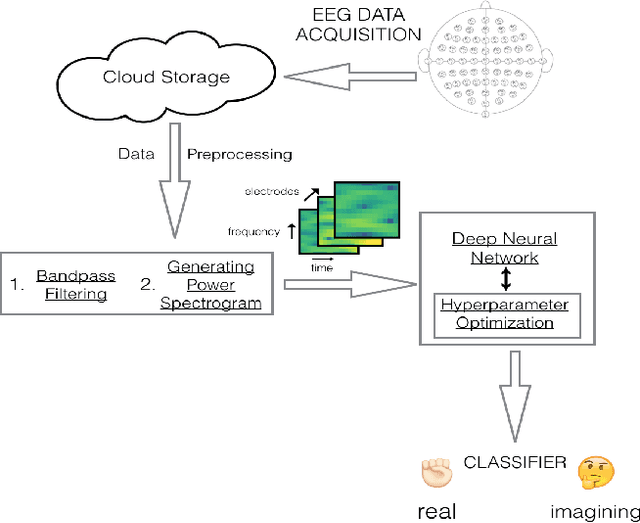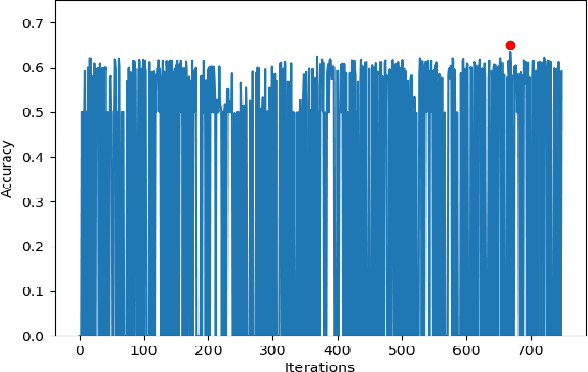Tejas Dharamsi
Efficient AI in Practice: Training and Deployment of Efficient LLMs for Industry Applications
Feb 20, 2025Abstract:Large language models (LLMs) have demonstrated remarkable performance across a wide range of industrial applications, from search and recommendations to generative tasks. Although scaling laws indicate that larger models generally yield better generalization and performance, their substantial computational requirements often render them impractical for many real-world scenarios at scale. In this paper, we present methods and insights for training small language models (SLMs) that deliver high performance and efficiency in deployment. We focus on two key techniques: (1) knowledge distillation and (2) model compression via quantization and pruning. These approaches enable SLMs to retain much of the quality of their larger counterparts while significantly reducing training, serving costs, and latency. We detail the impact of these techniques on a variety of use cases at a large professional social network platform and share deployment lessons - including hardware optimization strategies that enhance speed and throughput for both predictive and reasoning-based applications.
Enhancing Stability for Large Models Training in Constrained Bandwidth Networks
Jun 28, 2024Abstract:Training extremely large language models with billions of parameters is a computationally intensive task that pushes the limits of current data parallel training systems. While techniques like ZeRO++ have enabled efficient distributed training of such giant models on inexpensive low-bandwidth clusters, they can suffer from convergence issues due to potential race conditions in the hierarchical partitioning (hpZ) scheme employed to reduce cross-machine communication. In this work, we first show how these race conditions cause instability when training models with billions of parameters. We then propose a modification to the partitioning algorithm that addresses these convergence challenges while maintaining competitive training efficiency. Empirical evaluation on training the multi-billion parameters Falcon Models and Llama-2 models demonstrates the updated algorithm's ability to achieve reliable convergence on these massive models, where stock ZeRO++ hpZ fails to converge. The updated algorithm enables robust training of larger models with 98\% throughput and model training speed improvement without sacrificing the quality of convergence.
Neurology-as-a-Service for the Developing World
Nov 22, 2017


Abstract:Electroencephalography (EEG) is an extensively-used and well-studied technique in the field of medical diagnostics and treatment for brain disorders, including epilepsy, migraines, and tumors. The analysis and interpretation of EEGs require physicians to have specialized training, which is not common even among most doctors in the developed world, let alone the developing world where physician shortages plague society. This problem can be addressed by teleEEG that uses remote EEG analysis by experts or by local computer processing of EEGs. However, both of these options are prohibitively expensive and the second option requires abundant computing resources and infrastructure, which is another concern in developing countries where there are resource constraints on capital and computing infrastructure. In this work, we present a cloud-based deep neural network approach to provide decision support for non-specialist physicians in EEG analysis and interpretation. Named `neurology-as-a-service,' the approach requires almost no manual intervention in feature engineering and in the selection of an optimal architecture and hyperparameters of the neural network. In this study, we deploy a pipeline that includes moving EEG data to the cloud and getting optimal models for various classification tasks. Our initial prototype has been tested only in developed world environments to-date, but our intention is to test it in developing world environments in future work. We demonstrate the performance of our proposed approach using the BCI2000 EEG MMI dataset, on which our service attains 63.4% accuracy for the task of classifying real vs. imaginary activity performed by the subject, which is significantly higher than what is obtained with a shallow approach such as support vector machines.
 Add to Chrome
Add to Chrome Add to Firefox
Add to Firefox Add to Edge
Add to Edge